15 November, 1999
Taking a Gamble at Poker Flat (65 degrees north latitude, 147 degrees west
longitude)
Today was an exhausting day of data collection at two of our field sites,
MST and LGP (definitely not to be confused with the LPG!) In any case,
going out onto the lakes is a game of skill and chance: knowing how to take
the necessary measurements without disturbing the transect, while gambling
that the temperature probes would continue to function and that we could
ward off frostbite.
Today's temperature was -12 degrees Celsius. What made it especially
difficult were the strong winds and the lack of any significant light. Just
before lunch I snapped a shot of the southeastern sky (see photo). Notice
that there's something missing?? Yikes! The sun never made it over the
hilltops (no sunscreen or sunglasses necessary!)
Martin and Kim have developed a three-part protocol for data collection. In
the photos below you will see us carrying out the following steps:
1. Running the measuring tape out along the transect and, at each meter,
recording the temperature of the snow/ice interface as well as the snow
depth.
2. Collecting a known volume of snow at each 10-meter interval so that
density can be calculated back in the lab (more details about this on
Friday!)
3. Drilling a hole in the ice every 10 meters (a great way to stay warm) in
order to determine ice thickness.
Martin (Dr. Jeffries) has given me permission to make all of the winter's
data available to teachers and students interested in carrying out similar
studies. Tomorrow I will enter these data into a computer back at the
Geophysical Institute, and we will be able to determine what changes have
occurred in ice thickness, snow density, and in the corresponding heat
fluxes. I will explain how to carry out these calculations. It would be
interesting to compare your data to ours!
Studying the surface energy budget in Arctic regions is a significant part
of helping scientists to understand regional and global climate systems
more fully. Ocean, lake, and river ice also plays an important role in the
life cycles of animals, and in <A HREF="http://www.nmnh.si.edu/arctic/
">Alaskan culture</A>. One modern day extension of this is the annual
Nenana "Ice Classic" during which residents of Nenana, Alaska (see map) run
a lottery based on when the river ice will break up (see photo and web
site: http://www.explorefairbanks.com/fairbanks/html/flash.html )
Martin thought it would be a great idea for us to sponsor an ICE CLASSIC
competition of our own! We will be asking YOU to make predictions on the
end-of-the-season lake ice thicknesses. Naturally, you will need to see
some data before you take a stab at this, but there will be prizes for
those who come closest! Watch for more about this during my January trip!
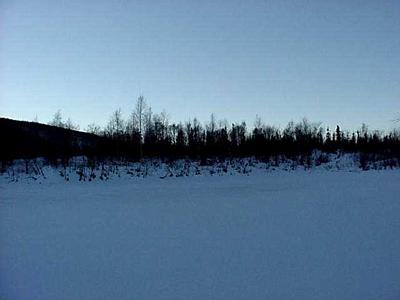
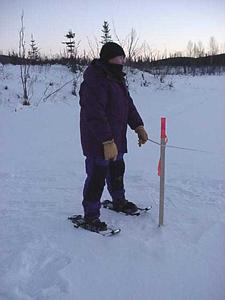
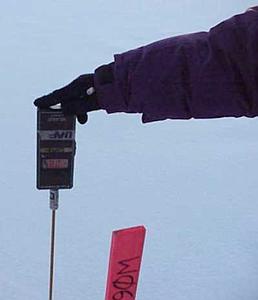


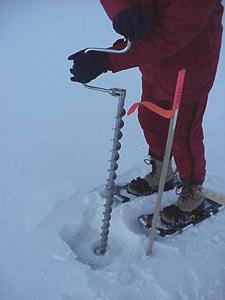
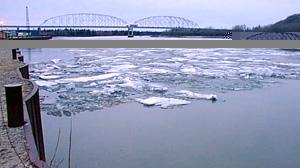

Contact the TEA in the field at
.
If you cannot connect through your browser, copy the
TEA's e-mail address in the "To:" line of
your favorite e-mail package.
|
